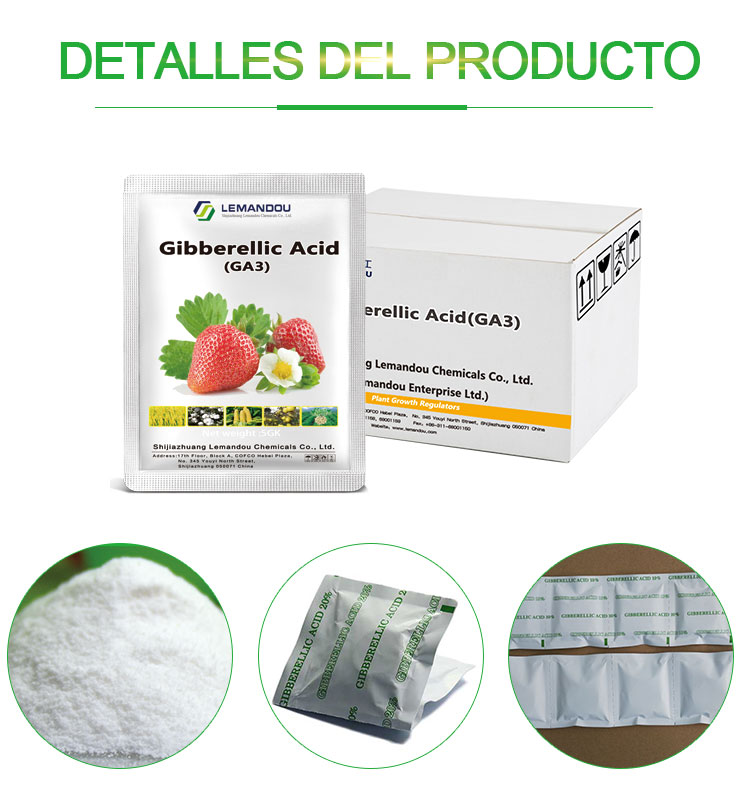Gibberellin is a plant growth regulator, also known as 920, gibberellic acid, GA3. It has been applied in agricultural production for 40 or 50 years and has achieved remarkable results. In order to make more people understand it and use it, this paper introduces its role and how to use it.
1. Function
1. Promote germination
Gibberellin can break the dormant period of seeds, promote seed germination, and achieve a full seedling. Often the seeds have a certain dormant period, and some are longer, and seeds that have not passed the dormant period need to be planted. Gibberellin treatment can break the dormant period, plant at the planned time, and increase the planting times. This method is often used for anti-season planting in protected areas.
2, promote stem elongation
Gibberellin can stimulate cell elongation, so that the plant stem, in the case of cell elongation to elongate. The use of gibberellin in vegetables can make the plant taller, thereby increasing the yield.
3, promote leaf enlargement, delay aging
Gibberellin stimulates plant cell division, enlarges leaves and delays cell senescence. Thus, the area of plants receiving sunlight is increased, photosynthesis is improved, and the accumulation of photosynthetic products of plants is increased. For example, gibberellin is used on leafy vegetables to increase plant height and large leaves to increase yield.
4. Prevent falling flowers and fruits
Gibberellin has the effect of promoting male flower differentiation and single sex fruiting, so it is used on plants that are easy to drop flowers and fruits, such as pepper, tomato, eggplant, etc., which greatly improves the fruit setting rate. In addition, when used on tomatoes and watermelons, it can also produce seedless fruits.
Post time: Oct-28-2024






